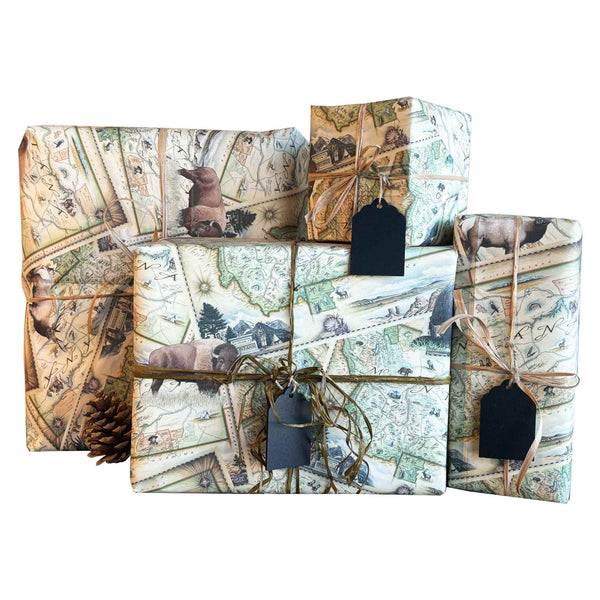What is an International Dark Sky Park, and why should you visit one?
What is an International Dark Sky Park?
An International Dark Sky Park is a special designation given to areas that preserve their natural darkness and ensure that the night sky is accessible to everyone, allowing everyone to experience the sky at night in its’ truest, blackest form. The IDA (International Dark Sky Association) has identified over 200 Dark Sky Places. 60 of those places are National or State parks in the United States and Canada that have met IDAs stringent criteria for protecting their night skies from light pollution.
These parks range from large national parks like Zion in Utah to smaller parks like Cape Lookout National Seashore on North Carolina's coast. The list includes everything from remote wilderness areas to urban cityscapes like Sedona, Arizona - and each offers visitors a unique opportunity to experience nature as it was intended: in darkness!
So, how does a place become Dark Sky certified?
To become a Dark Sky-certified area, a group or organization associated with a National or State Park must apply on the park's behalf. There are five categories of Dark Sky Certification: International Dark Sky Parks, Sanctuaries, Reserves, Communities, and Urban Night Sky Places.
When a national park wants to become a Dark Sky Park, it must collaborate with outside partners to initiate the process, like a “Friends” group. A “Friends” group is a non-profit organization that assists in funding the parent partner (the National Park). To be considered the national parks must also offer opportunities to learn and interact with the night sky through programs and educational seminars. To begin the process, the park must begin an initial intake and examination of its area to see if it fits the criteria to proceed with the classification. Once the process has started and the application fee of $250 has been paid, the certification process can last between one and three years.

Which parks are considered International Dark Sky Parks?
Many of our favorite national parks are classified as International Dark Sky Parks including:
- Arches
- Canyonlands
- Bryce Canyon
- Capitol Reef
- Grand Canyon
- Waterton- Glacier International Peace Park
- Zion
When Xplorer Maps decides on a map to render, lots of research and due diligence go into the creative process to portray the featured area in the most accurate, insightful, and educational manner. When Chris Robitaille (Xplorer Maps artist and co-founder) was drawing the map of Capitol Reef National Park, our collaborative partner, Capitol Reef Natural History Association, requested we include a drawing to represent its designation as an official Dark Sky park.
For a complete list of the certified Dark Sky Parks, visit the association's website at https://www.darksky.org/our-work/conservation/idsp/parks/.

Celebrate the Dark Sky!
The International Dark Sky Association along with The National Park Service hosts an annual Dark Sky Festival each year to promote education about the wonders of the night. The event is designed to introduce visitors to the parks when the lights go out and educate them on the benefits of the dark. A few of these benefits include; allowing the full function of our circadian rhythm - which operates best when our bodies are exposed to sunlight and darkness at the right times throughout the day.
This year, the Dark Sky Festival is being held February 10-12 at Death Valley National Park in California. With many opportunities to learn and interact, you can bring the whole family to Death Valley to explore astronomy talks, hands-on activities, and even an astrophotography meet-up!
To learn more about the event details visit: https://www.nps.gov/deva/planyourvisit/death-valley-dark-sky-festival.htm


